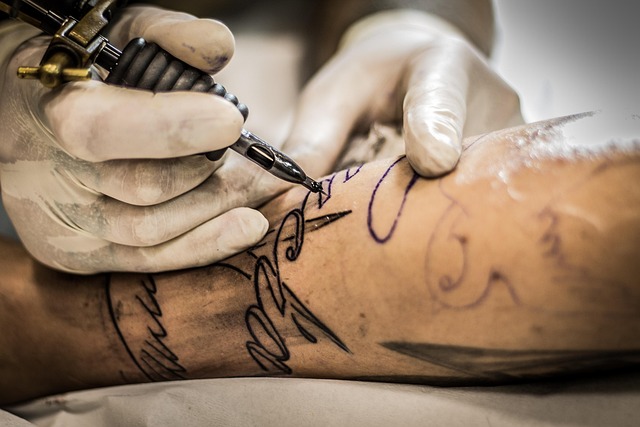Design Consultation Essentials for Personalized Skin Art
A thoughtful design consultation sets the stage for a tattoo that reflects your ideas, anatomy, and lifestyle. During a consultation you and the artist align on style, placement, scale, and practical constraints like skin tone or previous work. Scheduling an appointment with clear references and questions helps ensure the studio understands your goals and can advise on technique, timing, and realistic expectations for the final piece.

How does a consultation shape your design?
A consultation is where concept becomes practical design. Discussing your appointment timing and the intended design allows the artist to propose a layout that complements body contours and movement. Conversations typically cover ink choices, linework preferences, and whether the piece will be standalone or part of a larger composition. Expect questions about your lifestyle, pain tolerance, and long-term plans for the area, which influence needle selection, session length, and whether to prioritize bold outlines or subtle shading.
What to review in an artist’s portfolio?
Reviewing a portfolio gives insight into an artist’s strengths—realism, clean linework, black-and-gray shading, or successful coverup work. Look for consistency in healed photos as well as fresh sessions, since healed images show how pigments settled and how linework ages. Ask about pieces similar to your concept and request examples from local services if you want nearby references. A strong portfolio should demonstrate precision, composition sense, and the ability to adapt a design to different body areas.
How are hygiene and sterilization handled in a studio?
Hygiene and sterilization are non-negotiable for safe tattooing. Ask the studio about single-use needles and disposable tubes, autoclave protocols for reusable equipment, surface cleaning routines, and staff certification. Confirm that the studio follows local health regulations and maintains transparent practices for ink handling and waste disposal. This article is for informational purposes only and should not be considered medical advice. Please consult a qualified healthcare professional for personalized guidance and treatment.
What should you know about pigments and needles?
Pigments vary in composition and color stability; some inks fade faster in sun-exposed areas or react differently on varying skin tones. Discuss pigment brands and any known sensitivities with your artist. Needle configurations affect texture and shading—magnum needles for filling, round liners for crisp linework. A professional artist will explain needle groupings and how they match your design goals. If you have allergies or take medications, disclose them during consultation so the studio can recommend suitable pigments or a patch test.
How do coverup and realism approaches differ?
Coverup work and realism require distinct planning. Coverups often demand larger scale, heavier saturation, and strategic composition to mask existing ink, whereas realism focuses on gradual tonal transitions, precise shading, and subtle color variation to create lifelike depth. During consultation, the artist will assess old ink, suggest revisions to the design, and show examples of successful coverups or realism pieces. Understanding these differences helps set expectations around session count, healing, and long-term maintenance.
How to prepare and manage aftercare?
Aftercare recommendations vary by studio, but clear instructions typically cover initial bandaging, cleaning routines, moisturizing with recommended products, and avoiding sun exposure or soaking. Proper aftercare supports pigment retention and minimizes complications. Schedule follow-up appointments for touch-ups if pigments settle unevenly. If you move or use local services in your area for follow-up, confirm that the artist documents the original pigments and placement to maintain continuity. Discuss any signs of infection or adverse reactions that warrant medical attention.
A good design consultation balances creative vision with technical reality: the artist evaluates skin, previous work, and lifestyle while you clarify priorities and preferences. Clear communication about hygiene, sterilization, pigments, needles, and aftercare leads to a safer process and results that age more predictably. Treat the consultation as a collaborative planning session to set achievable expectations and a timeline for the finished piece.






